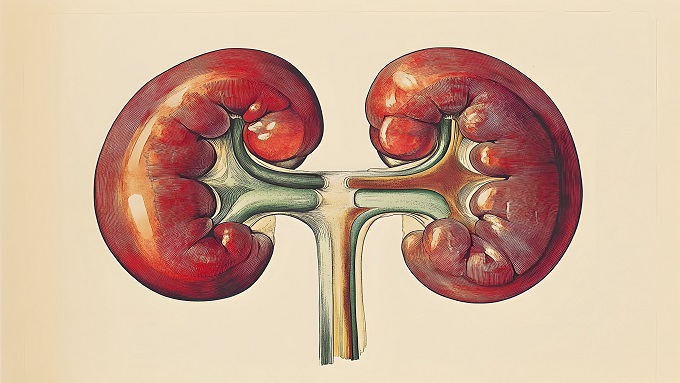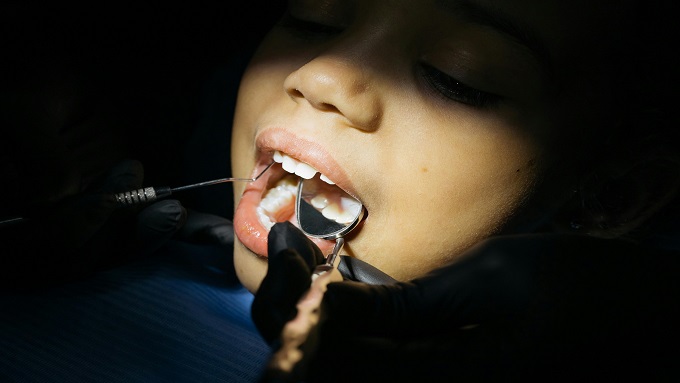CHARACTERISTIC AND HISTOPATHOLOGICAL FEATURES OF PATIENTS WITH PERFORATED PEPTIC ULCER WHO UNDERWENT OPEN SURGERY THERAPY AT DR.SOETOMO GENERAL ACADEMIC HOSPITAL, SURABAYA, INDONESIA
Downloads
Bansod, A., Bansod, S., Galande, A., Shamkuwar, A., Singh, K., 2014. Study of incidence of peptic ulcer perforation in young adults. International Surgery Journal, 1(3): 144.
Chung, K., Shelat, V., 2017. Perforated peptic ulcer - an update. World Journal of Gastrointestinal Surgery, 9(1): 1-12.
Deshmukh, S., Kondawar, K., Gireboinwd, S., Chawada, M., 2016. Study of the effect of post-operative medical management on peptic ulcer in patients of perforated peptic ulcer disease. International Surgery Journal, 3(3): 1267-72.
Di Saverio, S., Bassi, M., Smerieri, N., Masetti, M., Ferrara, F., et al., 2014. Diagnosis and treatment of perforated or bleeding peptic ulcers: 2013 WSES position paper. World Journal of Emergency Surgery, 9(1): 45.
Dongo, A., Uhunmwagho, O., Kesieme, E., Eluehike, S., Alufohai, E., 2017. A five-year review of perforated peptic ulcer disease in Irrua, Nigeria. International Scholarly Research Notices, :1-6.
John, B., Mathew, B., Chandran, C., 2017. Prevalence of Helicobacter pylori in peptic ulcer perforation. International Surgery Journal, 4(10): 3350-53.
Koto, K., Asrul, A., 2016. Characteristic of gastric perforation type and the histopathology at Haji Adam Malik General Hospital Medan, Indonesia. Bali Medical Journal, 5(1): 186.
Mukherjee, A., Naveen, N.A., 2014. Clinical study of peptic ulcer disease and its complications in rural population. Scholars Journal of Applied Medical Sciences, 2(4E): 1484-90.
Mustafa, M., Menon, J., Fredie, R., Fariz, A., 2015. Risk factors, diagnosis, and management of peptic ulcer disease. IOSR Journal of Dental and Medical Sciences, 14(7): 40-6.
Rehmani, B., Pathak, P., 2018. The prevalence of Helicobacter pylori in perforated peptic ulcer disease. International Surgery Journal, 5(5): 1720.
Shah, P., Panchal, H., 2016. Acute peptic perforation: clinical profile and our experience with operative outcome. International Surgery Journal, 3(4): 2227-32.
Tas, I., Ulger, B., Onder, A., Kapan, M., Bozdag, Z., 2015. Risk factors influencing morbidity and mortality in perforated peptic ulcer disease. Turkish Journal of Surgery, 31(1): 20-5.
Thorsen, K., 2013. Epidemiology of perforated peptic ulcer: Age- and gender-adjusted analysis of incidence and mortality. World Journal of Gastroenterology, 19(3): 347.
Torpy, J., Lyn, C., Golub, R., 2012. Peptic ulcer disease. JAMA. 307(12): 1329.
Wysocki, A., Budzyński, P., Kulawik, J., Drożdż, W., 2011. Changes in the localization of perforated peptic ulcer and its relation to gender and age of the patients throughout the last 45 Years. World Journal of Surgery, 35(4): 811-16.
Yang, Y., Bang, C., Shin, S., Park, T., Suk, K., Baik, G., Kim, D., 2017. Clinical characteristics of peptic ulcer perforation in Korea. World Journal of Gastroenterology, 23(14): 2566.
Zinner, M., Ashley, S., 2013. Maingot's abdominal operations. 12th ed. New York: McGraw-Hill Professional. 445-453.
Copyright (c) 2021 Alfi Nureta Rachmani, Mamiek Dwi Putro, Alphania Rahniayu

This work is licensed under a Creative Commons Attribution 4.0 International License.
1. The journal allows the author(s) to hold the copyright of the article without restrictions.
2. The journal allows the author(s) to retain publishing rights without restrictions.
3. The legal formal aspect of journal publication accessibility refers to Creative Commons Attribution 4.0 International License (CC-BY).
































